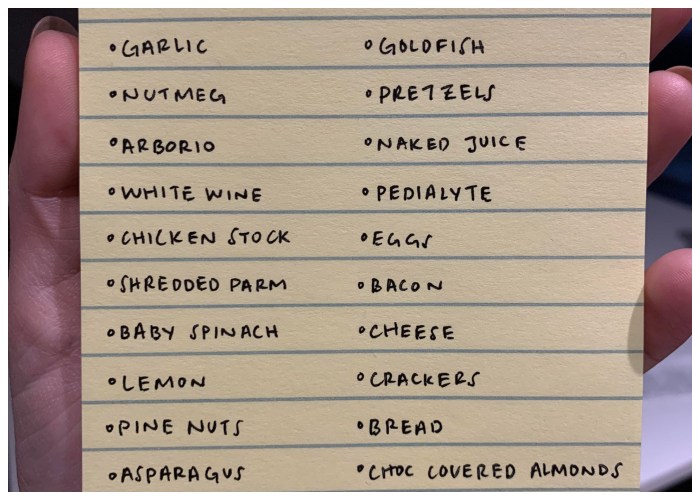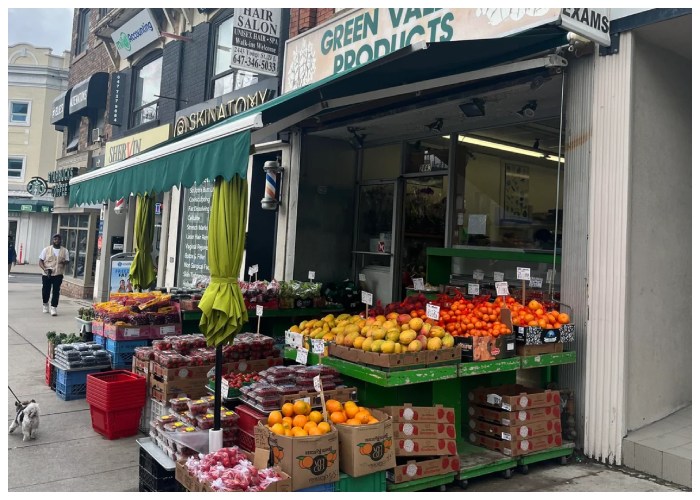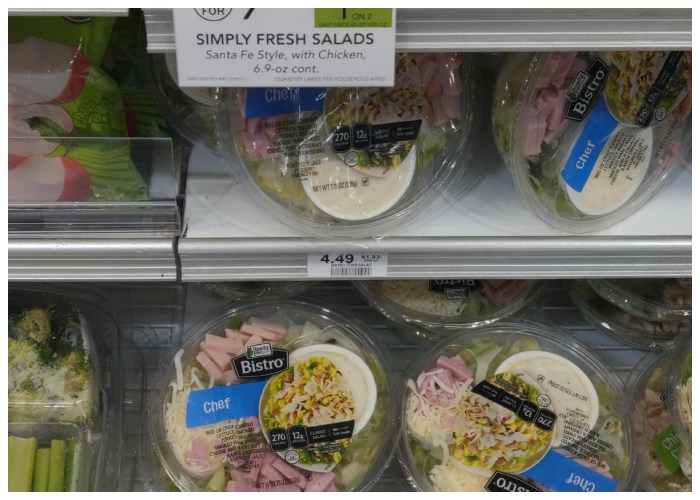With food prices fluctuating and grocery bills soaring, many households are looking for ways to cut costs without compromising on nutrition or quality. The good news? Small, strategic changes in how you shop can make a big difference. By planning ahead, being mindful of pricing, and making smarter choices in the store, you can keep your grocery spending under control while still enjoying fresh, wholesome meals.
Plan Ahead and Stick to a List
Impulse purchases are one of the biggest culprits behind overspending at the grocery store. Walking in without a plan often leads to buying unnecessary items, many of which end up going to waste. Creating a shopping list based on a weekly meal plan helps ensure you buy only what you need and prevents those last-minute, unplanned splurges.

Take a few minutes before heading to the store to check your pantry, fridge, and freezer. Identify what you already have and build your meals around those ingredients. This minimizes waste and maximizes savings. Sticking to your list not only keeps your spending in check but also makes grocery shopping more efficient and less stressful.
Choose Generic Over Name Brands
Many people are surprised to learn that store-brand products often come from the same manufacturers as their name-brand counterparts. The difference? Branding and packaging—both of which come with a higher price tag. Switching to generic brands for staples like rice, pasta, dairy, canned goods, and spices can result in significant savings without sacrificing quality.
If you’re hesitant to make the switch, try a side-by-side comparison. Many shoppers find that they can’t even taste the difference between name-brand and store-brand versions of the same product. With savings of up to 30 percent on certain items, making this change across multiple categories adds up quickly.
Use Coupons and Cashback Offers Strategically
Coupons are a great way to save money, but only when used wisely. Buying something just because there’s a discount doesn’t lead to real savings if it’s not something you need. Instead, focus on using coupons for everyday essentials and pair them with in-store promotions for even deeper discounts.
Digital coupons have made this process easier than ever. Many grocery store apps allow you to load coupons directly onto your loyalty card, eliminating the hassle of clipping and organizing paper coupons. Cashback apps like Ibotta and Rakuten also offer rebates on common grocery items, allowing you to earn money back on purchases you’d be making anyway.
Buy in Bulk (When It Makes Sense)
Bulk buying can be an excellent way to save, but it requires some strategy. While purchasing large quantities lowers the per-unit cost, it only makes sense if you have the storage space and will actually use what you buy. Pantry staples like beans, rice, flour, and pasta are great bulk purchases, as are frozen meats and household essentials like toilet paper and cleaning supplies.
If bulk purchases feel overwhelming or impractical for your household, consider splitting large packages with a friend or family member. This way, you still get the savings without the risk of waste or storage challenges.
Shop Seasonal Produce for Maximum Value
Fruits and vegetables that are in season are not only fresher but also significantly cheaper than their out-of-season counterparts. Shopping seasonally allows you to get high-quality produce at a lower cost while supporting local farmers.

To take it a step further, consider freezing or preserving in-season fruits and vegetables so you can enjoy them year-round. Buying berries in bulk when they’re at their lowest price and freezing them for smoothies, oatmeal, or baking later can save a lot of money compared to purchasing them out of season.
Meal Plan to Reduce Waste and Cut Costs
Meal planning is one of the most effective ways to save money on groceries. It prevents unnecessary purchases, reduces food waste, and eliminates the temptation to order takeout on busy nights. When meals are planned in advance, you buy only the ingredients you need, ensuring that nothing goes to waste.
To make meal planning easier, start by choosing simple recipes that use overlapping ingredients. For example, if you’re buying a head of lettuce for tacos, plan to use the rest of it in a salad later in the week. Planning meals around sale items or what you already have in your pantry can also lead to significant savings over time.
Compare Unit Prices, Not Just Sticker Prices
Bigger packages don’t always mean better deals. The key to getting the best value is looking at the unit price, which shows the cost per ounce, pound, or liter. This information is usually displayed on shelf tags and helps you make informed decisions about which product size offers the best value.
Comparing unit prices is especially useful when choosing between different brands and package sizes. Some smaller packages might actually be more affordable per unit than bulk options, particularly when promotions or sales are factored in.
Shop at Discount and Warehouse Stores
Big-name grocery chains aren’t always the best places for budget-friendly shopping. Discount stores like Aldi, Lidl, and warehouse clubs like Costco or Sam’s Club often offer better deals on staple items. Ethnic grocery stores can also be hidden gems for affordable produce, spices, and specialty ingredients.
While warehouse clubs require a membership fee, the savings can more than make up for the cost, especially for families who regularly purchase bulk items. If the membership price seems too high, consider splitting one with a friend or relative to take advantage of the discounts.
Skip Pre-Cut and Pre-Packaged Foods
Pre-cut fruits and vegetables, shredded cheese, and pre-marinated meats might be convenient, but they come at a premium price. Instead, opt for whole produce and do the chopping yourself. Buying block cheese and grating it at home takes just a few minutes and can save a considerable amount over time.

Beyond saving money, preparing food from scratch often results in fresher, tastier meals. Taking a few extra minutes to slice your own veggies or marinate your own meats is a simple trade-off for keeping more money in your pocket.
Freeze Excess Food to Prevent Waste
Freezing food before it spoils is one of the easiest ways to cut down on waste and save money. Whether it’s leftovers from a big meal, extra produce, or bread that’s nearing its expiration date, freezing helps extend shelf life and ensures you have ingredients on hand when needed.
If you buy fresh produce in bulk, consider freezing portions for later use. Bananas can be stored for smoothies, chopped bell peppers can be used in stir-fries, and cooked rice or beans can be frozen for quick meals down the line.